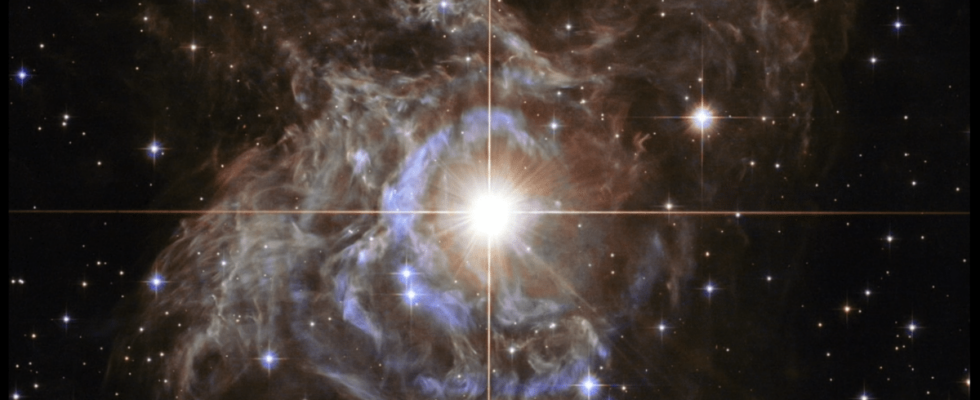Researchers have succeeded in making more precise measurements of pulsating Cepheid stars and gaining new insights into them. These fairly common and very bright giant stars are very easy to observe from Earth and serve as a useful tool for astronomically determining distances, such as those of galaxies. They also allow conclusions to be drawn about how large the universe is and allow us to measure its expansion rate.
Advertisement
Cepheids are larger and brighter than the Sun. They regularly expand and then contract, causing them to periodically brighten and dim. These cycles last between a few days and several months. This rhythm allows astronomers to measure distances in space.
Hundreds of Cepheids examined
As part of the Velocities of Cepheids (VELOCE) project, hundreds of Cepheids were studied between 2010 and 2022. The results of the researchers at the Swiss Federal Institute of Technology in Lausanne (EPFL) have now been published in the June issue of the journal Astronomy & Astrophysics published.
For their work, the researchers used the Swiss Euler telescope in Chile and the Flemish Mercator telescope on La Palma (Spain). Using the high-resolution spectrographs on both telescopes, they were able to resolve and measure the spectral lines of starlight. Using the Doppler effect, they then recorded the speed at which the stars move along our line of sight, the so-called radial velocity.
In total, more than 18,000 measurements were taken. The astronomers discovered a previously unknown variation of the stars as well as some Cepheids that belong to a binary star system. The researchers hope that the results will provide a more precise understanding of the Cepheids and the interactions that emanate from companion stars and partially darken the stars. This should also have a positive effect on the distance measurements.
(mki)

